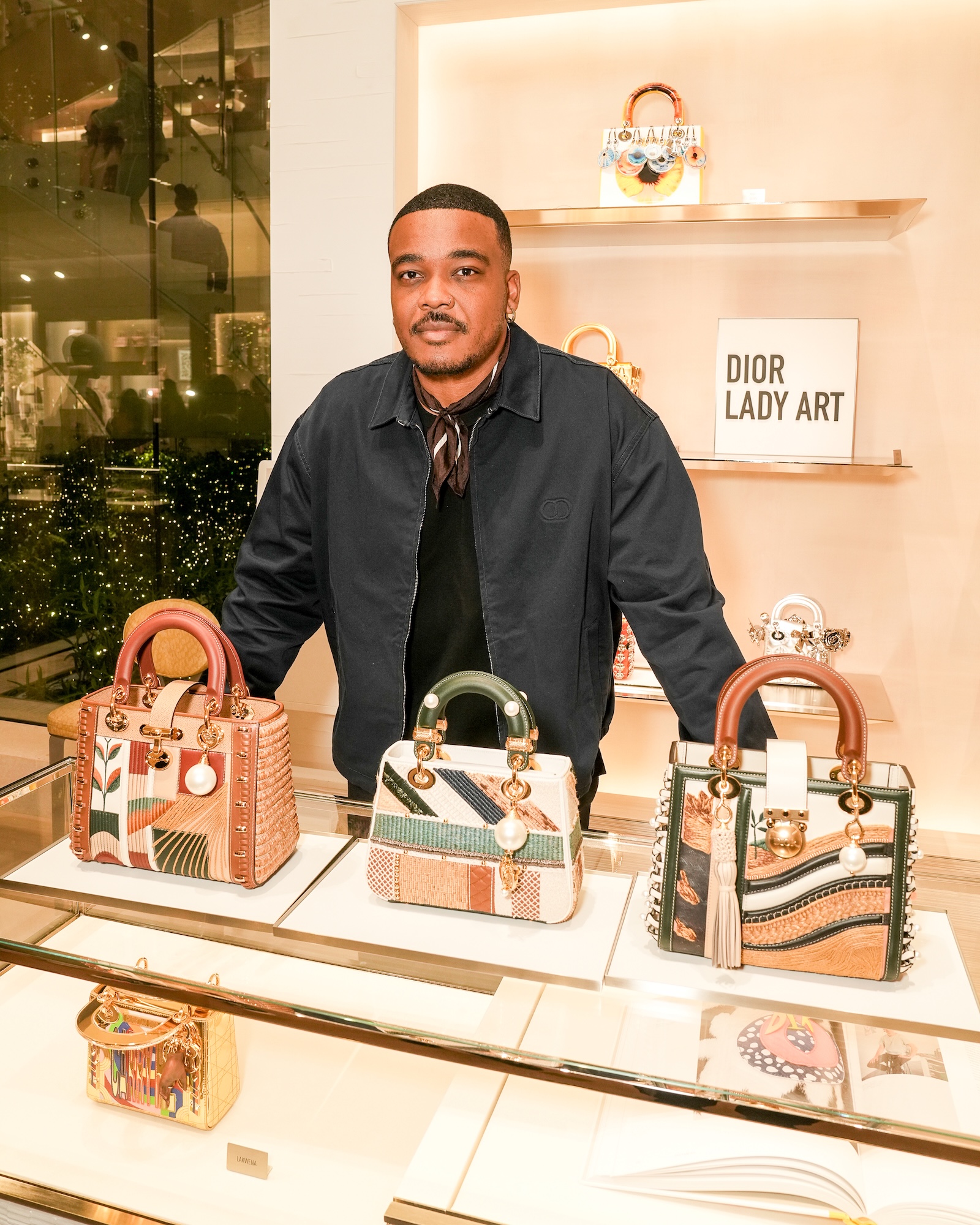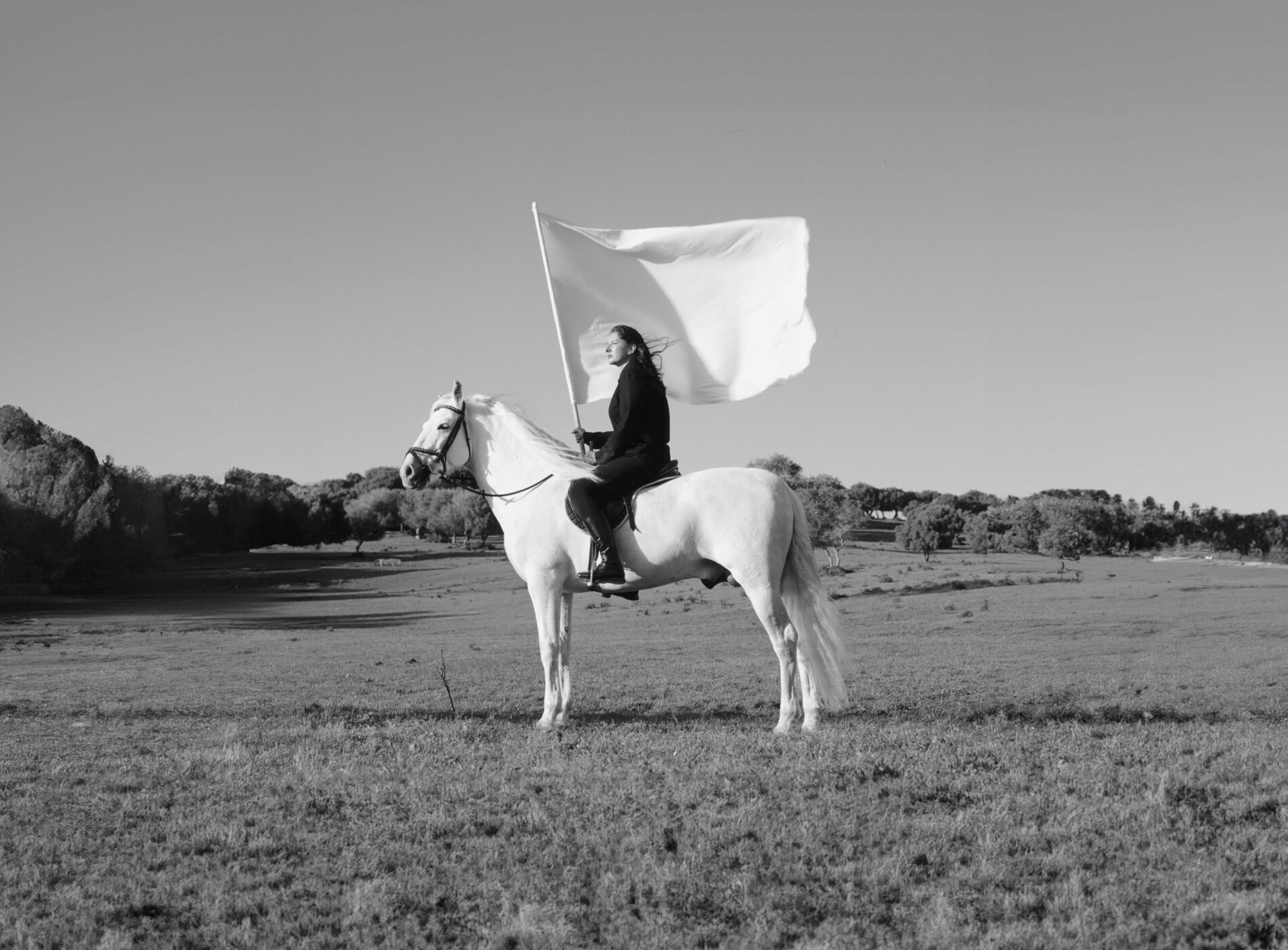

Noel W. Anderson. “Hood Reflec/x/tions” (2021). Laser-cut basketball leather, magenta mirror, photographic object, bottle caps, foil, metal leaf, bleach, and dye on distressed, stretched cotton tapestry. 82 x 115 in (208.3 x 292.1 cm).
“...replied Alice; ‘and I wish you wouldn’t keep appearing and vanishing so suddenly: you make one quite giddy.’
‘All right,’ said the Cat; and this time it vanished quite slowly, beginning with the end of the tail, and ending with the grin...
‘Well! I’ve often seen a cat without a grin,’ thought Alice; ‘but a grin without a cat! It’s the most curious thing I ever saw in my life!’”
_A grin without a cat_. Before Chris Marker’s 1977 film, chronicling the dissonance between the promises of global socialist revolution and the realities of the 1960s and 1970s, the cat might have stood in for what art critic Clement Greenberg notoriously rejected as the “rudimentary culture, or kitsch” with which the average folk have had to content themselves. _Kitsch_, from the German for “gaudy” and “trash,” has come to define a specific level of aesthetic production within the hierarchy of taste. It is, for example, the variety of nostalgia-laden ceramic figurines you can find at thrift stores throughout the country, trademarked by companies such as Precious Moments or Walt Disney. But beyond the mass-produced commodities of industrialized societies, kitsch lays claim to the cultural heritage of folk customs and practices that were once displaced by the founding of industry and the mass movement of peasants to urban centers. That is, _kitsch_ (or low culture, or popular culture, or folk culture) shares a “base matter” with all arising modes of media and communication.


Noel W. Anderson “Dis' Uh So She A Shun” (2021). Taxidermy chick, magenta mirror, bleach and dye on distressed, stretched cotton tapestry, in two parts. 32.3 x 20 x 3 in (82 x 50.8 x 7.6 cm).
In his ongoing exploration of the representation of the Black male body in mass media and the history of Black aesthetics through images and their legacies, artist [Noel W. Anderson](https://jdj.world/projects/noel-w-anderson-2/) lets the cat out of the bag in an exhibition of new work at [JDJ Gallery](https://jdj.world) in Garrison, New York. The former icehouse, built in 1911, sits within an industrial and agricultural compound once occupied by laborers who maintained an estate along the Hudson River. Perched upon the lip of a pond, the building is surrounded by wildflowers and the rusted metal collections of a former owner who inhabited the space until gallery director Jayne Drost Johnson repurposed the site for arts exhibitions. Anderson has become known for his interest in tapestries, in particular his use of mechanically produced rugs that weave a spectrum of appropriated images and objects through a Jacquard loom that he then works with to fray and wear the edges, challenging the legibility of the images. In _Reflec/x/tion of a Black Cat Bone_, on view until June 26, Anderson takes the writings of folklorist Newbell Niles Puckett as a starting point in his mining for media archaeologies and Black artifacts.
The “black cat bone,” as described in Puckett’s 1926 book, _Folk Beliefs of the Southern Negro_, might be considered an example of religious syncretism between European folklore and Black spiritual traditions. References to animals and animal parts appear throughout the exhibition—such as a taxidermy double-headed chick and a castrated bull’s scrotum—suggesting an interest in Afro-American material cultures and the transition from enslaved person to agricultural laborer. Here however, the black cat bone contains the magical significance for the Black masses to conjure and protect primarily through its ability to make invisible the participant who locates the sacred object by passing the bones of a boiled cat through their mouth while looking into a mirror. “When you get to the right bone,” Puckett writes, “the mirror will become dark.” In _Black Cat Bone_ (2021), Anderson has digitally distorted the image of a cat from a coloring book for Walt Disney’s 1951 film _Alice in Wonderland_, and printed it on a stretched cotton canvas, distressed with bleach, dye and reflective metal leaf. The outlined black cat ripples along the textured and glittered surface of the tapestry, crowned in a garland of flowers and mouth agape. In hues that range from hot pink to tyrian purple, threads lay bare an image that is starting to unravel.
And unravel, it does.


Noel W. Anderson “Dis' Uh So She A Shun” (2021). Taxidermy chick, magenta mirror, bleach and dye on distressed, stretched cotton tapestry, in two parts. 32.3 x 20 x 3 in (82 x 50.8 x 7.6 cm).
Throughout the exhibition, and in Anderson’s work, the source images for his distressed tapestries have been abstracted and blurred by layers of transmission. _Black Cat Bone_, with its promise for invisibility, is accentuated by Anderson’s formal technique of obfuscation, choosing what to make visible and what to obscure. Matinique philosopher Édouard Glissant foregrounded the significance in the promise for invisibility as a process of understanding. In _Poetics of Relation_, Glissant wrote that “if we examine the process of ‘understanding’ people and ideas from the perspective of Western thought, we discover that its basis is this requirement for transparency. In order to understand and thus accept you I have to measure your solidity with the ideal scale providing me with grounds to make comparisons and, perhaps, judgments. I have to reduce.” Recognizing the tendency to reduce and narrow the complexities inherent to social and cultural identification, Glissant resolves that, in the face of totalizing transparency, one ought to recognize their own identity as opaque, for it is opacity that gives us the permission to consider new forms of relation away from the Western bourgeois gaze.
By pulling at the threads of the media apparatus, which tends to flatten the image of Black men on digital screens, Anderson works through a history of Black aesthetics to understand alternative modes of representation. In an essay for e-flux, he identifies artist David Hammons as a pioneer in this endeavor, charting how Hammons pushes against typical constructions of high/low cultural forms while critiquing bourgeois leisure. “In these chambers the artist resurrects past aesthetics of the black masses—salvaging materials tossed out by the bourgeoisie—and presents them anew,” he writes.
Anderson, likewise, salvages from the past. Resurrecting the tapestry from the confines of 15th-century Flanders and the decorative arts, he merges the cultural and institutional marginalization of the medium with the marginalization of his identity in contemporary society and media. He himself makes very explicit the connection between the tapestry as a form of old media with the digital screens of today’s computers and smartphones. In fact, it was the Jacquard loom that played a significant role in the development of programmable machines, such as the digital compiler used by IBM to develop the modern-day computer. French weaver Joseph Marie Jacquard invented his mechanical loom in 1804 around the simple human-machine interaction of binary code—either punched hole or no punched hole—to instruct the machine (loom) to carry out an automated process (weaving). For Anderson, to stare at a computer is to stare at a tapestry woven from the millions of lines of code used to construct the screens we use every day—for work, for news, for pleasure.
By using both old and new media—tapestry and digital image—and drawing those forms into states of undress, Anderson challenges and destabilizes the image, questioning its veracity in light of the marginalization and (mis)representation of Black men in mass media, and how Black men represent themselves. The largest work in the exhibition, _Hood Reflec/x/tions_ (2021), uses a photograph from the 1965 Los Angeles Watts riots as source material. Cropping and inverting the original image, we are confronted by a life-sized tapestry pinned to the wall and framed by multi-colored fringe tassels. The scene—police assaulting a Black man as reflected in the hood of a car—is so obscured by Anderson’s interventions that it is nearly unintelligible. He dyes and bleaches the fabric of the tapestry, moving between clarity and abstraction, individual to archetype, so that we must visually piece the image together, much like a Seurat painting, from the collected fragments inlaid on its surface. Bottle caps, foil, metal leaf, and magenta mirrors all reflect our own image into the work, complicating our relationship to what is depicted, and with whom we are meant to identify. Are we meant to disappear, like a grin without a cat?


Noel W. Anderson. “Blak Cat Bone” (2021). Bleach, dye, metal leaf on distressed, stretched cotton tapestry 20 x 16 in (50.8 x 40.6 cm).
Separated from the ground floor of the exhibition by a spiral iron stair frame, the works on view in the upper loft of the building continue to tinker with the artifice of media. In works like _Through the Looking Glass I_ (2021), the tightly stretched cotton tapestry, dyed into abstraction, reads like the glitch or noise of an analog black-and-white television set. The multi-colored threads spring into action, as if trying to piece together an image via electron transmission. Provoking the viewer to gaze into the infrastructure of the apparatus, the reflected image of the riot reveals a mechanism that is messy, fraught, and entirely caught up with the status quo. We look at the image—in all its nakedness—and confront the layers of mediation that shape our understanding of Blackness in America.
In reflecting on his investigations into the authority of images, Anderson offers a childhood anecdote that speaks to his interest in old and new technologies and how they shape narrative: “When I was like six years old at the dinner table, my family had a small TV in the corner with a rabbit ear antenna,” he recounts to an interviewer for Ruckus. “The image would move and stabilize, and then warp and wobble and evade capture. And my father would say, ‘Boy, go fix that.’...So I would run over to that corner...And I would try to stabilize the image by messing with the rabbit ears. And while I recognized that that image on the screen wasn’t real...everything I was learning at that table was more real than anything.”
 
Noel W. Anderson. “Hood Reflec/x/tions” (2021). Laser-cut basketball leather, magenta mirror, photographic object, bottle caps, foil, metal leaf, bleach, and dye on distressed, stretched cotton tapestry. 82 x 115 in (208.3 x 292.1 cm).
“...replied Alice; ‘and I wish you wouldn’t keep appearing and vanishing so suddenly: you make one quite giddy.’
‘All right,’ said the Cat; and this time it vanished quite slowly, beginning with the end of the tail, and ending with the grin...
‘Well! I’ve often seen a cat without a grin,’ thought Alice; ‘but a grin without a cat! It’s the most curious thing I ever saw in my life!’”
_A grin without a cat_. Before Chris Marker’s 1977 film, chronicling the dissonance between the promises of global socialist revolution and the realities of the 1960s and 1970s, the cat might have stood in for what art critic Clement Greenberg notoriously rejected as the “rudimentary culture, or kitsch” with which the average folk have had to content themselves. _Kitsch_, from the German for “gaudy” and “trash,” has come to define a specific level of aesthetic production within the hierarchy of taste. It is, for example, the variety of nostalgia-laden ceramic figurines you can find at thrift stores throughout the country, trademarked by companies such as Precious Moments or Walt Disney. But beyond the mass-produced commodities of industrialized societies, kitsch lays claim to the cultural heritage of folk customs and practices that were once displaced by the founding of industry and the mass movement of peasants to urban centers. That is, _kitsch_ (or low culture, or popular culture, or folk culture) shares a “base matter” with all arising modes of media and communication.

Noel W. Anderson. “Hood Reflec/x/tions” (2021). Laser-cut basketball leather, magenta mirror, photographic object, bottle caps, foil, metal leaf, bleach, and dye on distressed, stretched cotton tapestry. 82 x 115 in (208.3 x 292.1 cm).
“...replied Alice; ‘and I wish you wouldn’t keep appearing and vanishing so suddenly: you make one quite giddy.’
‘All right,’ said the Cat; and this time it vanished quite slowly, beginning with the end of the tail, and ending with the grin...
‘Well! I’ve often seen a cat without a grin,’ thought Alice; ‘but a grin without a cat! It’s the most curious thing I ever saw in my life!’”
_A grin without a cat_. Before Chris Marker’s 1977 film, chronicling the dissonance between the promises of global socialist revolution and the realities of the 1960s and 1970s, the cat might have stood in for what art critic Clement Greenberg notoriously rejected as the “rudimentary culture, or kitsch” with which the average folk have had to content themselves. _Kitsch_, from the German for “gaudy” and “trash,” has come to define a specific level of aesthetic production within the hierarchy of taste. It is, for example, the variety of nostalgia-laden ceramic figurines you can find at thrift stores throughout the country, trademarked by companies such as Precious Moments or Walt Disney. But beyond the mass-produced commodities of industrialized societies, kitsch lays claim to the cultural heritage of folk customs and practices that were once displaced by the founding of industry and the mass movement of peasants to urban centers. That is, _kitsch_ (or low culture, or popular culture, or folk culture) shares a “base matter” with all arising modes of media and communication.
 
Noel W. Anderson “Dis' Uh So She A Shun” (2021). Taxidermy chick, magenta mirror, bleach and dye on distressed, stretched cotton tapestry, in two parts. 32.3 x 20 x 3 in (82 x 50.8 x 7.6 cm).
In his ongoing exploration of the representation of the Black male body in mass media and the history of Black aesthetics through images and their legacies, artist [Noel W. Anderson](https://jdj.world/projects/noel-w-anderson-2/) lets the cat out of the bag in an exhibition of new work at [JDJ Gallery](https://jdj.world) in Garrison, New York. The former icehouse, built in 1911, sits within an industrial and agricultural compound once occupied by laborers who maintained an estate along the Hudson River. Perched upon the lip of a pond, the building is surrounded by wildflowers and the rusted metal collections of a former owner who inhabited the space until gallery director Jayne Drost Johnson repurposed the site for arts exhibitions. Anderson has become known for his interest in tapestries, in particular his use of mechanically produced rugs that weave a spectrum of appropriated images and objects through a Jacquard loom that he then works with to fray and wear the edges, challenging the legibility of the images. In _Reflec/x/tion of a Black Cat Bone_, on view until June 26, Anderson takes the writings of folklorist Newbell Niles Puckett as a starting point in his mining for media archaeologies and Black artifacts.
The “black cat bone,” as described in Puckett’s 1926 book, _Folk Beliefs of the Southern Negro_, might be considered an example of religious syncretism between European folklore and Black spiritual traditions. References to animals and animal parts appear throughout the exhibition—such as a taxidermy double-headed chick and a castrated bull’s scrotum—suggesting an interest in Afro-American material cultures and the transition from enslaved person to agricultural laborer. Here however, the black cat bone contains the magical significance for the Black masses to conjure and protect primarily through its ability to make invisible the participant who locates the sacred object by passing the bones of a boiled cat through their mouth while looking into a mirror. “When you get to the right bone,” Puckett writes, “the mirror will become dark.” In _Black Cat Bone_ (2021), Anderson has digitally distorted the image of a cat from a coloring book for Walt Disney’s 1951 film _Alice in Wonderland_, and printed it on a stretched cotton canvas, distressed with bleach, dye and reflective metal leaf. The outlined black cat ripples along the textured and glittered surface of the tapestry, crowned in a garland of flowers and mouth agape. In hues that range from hot pink to tyrian purple, threads lay bare an image that is starting to unravel.
And unravel, it does.

Noel W. Anderson “Dis' Uh So She A Shun” (2021). Taxidermy chick, magenta mirror, bleach and dye on distressed, stretched cotton tapestry, in two parts. 32.3 x 20 x 3 in (82 x 50.8 x 7.6 cm).
In his ongoing exploration of the representation of the Black male body in mass media and the history of Black aesthetics through images and their legacies, artist [Noel W. Anderson](https://jdj.world/projects/noel-w-anderson-2/) lets the cat out of the bag in an exhibition of new work at [JDJ Gallery](https://jdj.world) in Garrison, New York. The former icehouse, built in 1911, sits within an industrial and agricultural compound once occupied by laborers who maintained an estate along the Hudson River. Perched upon the lip of a pond, the building is surrounded by wildflowers and the rusted metal collections of a former owner who inhabited the space until gallery director Jayne Drost Johnson repurposed the site for arts exhibitions. Anderson has become known for his interest in tapestries, in particular his use of mechanically produced rugs that weave a spectrum of appropriated images and objects through a Jacquard loom that he then works with to fray and wear the edges, challenging the legibility of the images. In _Reflec/x/tion of a Black Cat Bone_, on view until June 26, Anderson takes the writings of folklorist Newbell Niles Puckett as a starting point in his mining for media archaeologies and Black artifacts.
The “black cat bone,” as described in Puckett’s 1926 book, _Folk Beliefs of the Southern Negro_, might be considered an example of religious syncretism between European folklore and Black spiritual traditions. References to animals and animal parts appear throughout the exhibition—such as a taxidermy double-headed chick and a castrated bull’s scrotum—suggesting an interest in Afro-American material cultures and the transition from enslaved person to agricultural laborer. Here however, the black cat bone contains the magical significance for the Black masses to conjure and protect primarily through its ability to make invisible the participant who locates the sacred object by passing the bones of a boiled cat through their mouth while looking into a mirror. “When you get to the right bone,” Puckett writes, “the mirror will become dark.” In _Black Cat Bone_ (2021), Anderson has digitally distorted the image of a cat from a coloring book for Walt Disney’s 1951 film _Alice in Wonderland_, and printed it on a stretched cotton canvas, distressed with bleach, dye and reflective metal leaf. The outlined black cat ripples along the textured and glittered surface of the tapestry, crowned in a garland of flowers and mouth agape. In hues that range from hot pink to tyrian purple, threads lay bare an image that is starting to unravel.
And unravel, it does.
 
Noel W. Anderson “Dis' Uh So She A Shun” (2021). Taxidermy chick, magenta mirror, bleach and dye on distressed, stretched cotton tapestry, in two parts. 32.3 x 20 x 3 in (82 x 50.8 x 7.6 cm).
Throughout the exhibition, and in Anderson’s work, the source images for his distressed tapestries have been abstracted and blurred by layers of transmission. _Black Cat Bone_, with its promise for invisibility, is accentuated by Anderson’s formal technique of obfuscation, choosing what to make visible and what to obscure. Matinique philosopher Édouard Glissant foregrounded the significance in the promise for invisibility as a process of understanding. In _Poetics of Relation_, Glissant wrote that “if we examine the process of ‘understanding’ people and ideas from the perspective of Western thought, we discover that its basis is this requirement for transparency. In order to understand and thus accept you I have to measure your solidity with the ideal scale providing me with grounds to make comparisons and, perhaps, judgments. I have to reduce.” Recognizing the tendency to reduce and narrow the complexities inherent to social and cultural identification, Glissant resolves that, in the face of totalizing transparency, one ought to recognize their own identity as opaque, for it is opacity that gives us the permission to consider new forms of relation away from the Western bourgeois gaze.
By pulling at the threads of the media apparatus, which tends to flatten the image of Black men on digital screens, Anderson works through a history of Black aesthetics to understand alternative modes of representation. In an essay for e-flux, he identifies artist David Hammons as a pioneer in this endeavor, charting how Hammons pushes against typical constructions of high/low cultural forms while critiquing bourgeois leisure. “In these chambers the artist resurrects past aesthetics of the black masses—salvaging materials tossed out by the bourgeoisie—and presents them anew,” he writes.
Anderson, likewise, salvages from the past. Resurrecting the tapestry from the confines of 15th-century Flanders and the decorative arts, he merges the cultural and institutional marginalization of the medium with the marginalization of his identity in contemporary society and media. He himself makes very explicit the connection between the tapestry as a form of old media with the digital screens of today’s computers and smartphones. In fact, it was the Jacquard loom that played a significant role in the development of programmable machines, such as the digital compiler used by IBM to develop the modern-day computer. French weaver Joseph Marie Jacquard invented his mechanical loom in 1804 around the simple human-machine interaction of binary code—either punched hole or no punched hole—to instruct the machine (loom) to carry out an automated process (weaving). For Anderson, to stare at a computer is to stare at a tapestry woven from the millions of lines of code used to construct the screens we use every day—for work, for news, for pleasure.
By using both old and new media—tapestry and digital image—and drawing those forms into states of undress, Anderson challenges and destabilizes the image, questioning its veracity in light of the marginalization and (mis)representation of Black men in mass media, and how Black men represent themselves. The largest work in the exhibition, _Hood Reflec/x/tions_ (2021), uses a photograph from the 1965 Los Angeles Watts riots as source material. Cropping and inverting the original image, we are confronted by a life-sized tapestry pinned to the wall and framed by multi-colored fringe tassels. The scene—police assaulting a Black man as reflected in the hood of a car—is so obscured by Anderson’s interventions that it is nearly unintelligible. He dyes and bleaches the fabric of the tapestry, moving between clarity and abstraction, individual to archetype, so that we must visually piece the image together, much like a Seurat painting, from the collected fragments inlaid on its surface. Bottle caps, foil, metal leaf, and magenta mirrors all reflect our own image into the work, complicating our relationship to what is depicted, and with whom we are meant to identify. Are we meant to disappear, like a grin without a cat?

Noel W. Anderson “Dis' Uh So She A Shun” (2021). Taxidermy chick, magenta mirror, bleach and dye on distressed, stretched cotton tapestry, in two parts. 32.3 x 20 x 3 in (82 x 50.8 x 7.6 cm).
Throughout the exhibition, and in Anderson’s work, the source images for his distressed tapestries have been abstracted and blurred by layers of transmission. _Black Cat Bone_, with its promise for invisibility, is accentuated by Anderson’s formal technique of obfuscation, choosing what to make visible and what to obscure. Matinique philosopher Édouard Glissant foregrounded the significance in the promise for invisibility as a process of understanding. In _Poetics of Relation_, Glissant wrote that “if we examine the process of ‘understanding’ people and ideas from the perspective of Western thought, we discover that its basis is this requirement for transparency. In order to understand and thus accept you I have to measure your solidity with the ideal scale providing me with grounds to make comparisons and, perhaps, judgments. I have to reduce.” Recognizing the tendency to reduce and narrow the complexities inherent to social and cultural identification, Glissant resolves that, in the face of totalizing transparency, one ought to recognize their own identity as opaque, for it is opacity that gives us the permission to consider new forms of relation away from the Western bourgeois gaze.
By pulling at the threads of the media apparatus, which tends to flatten the image of Black men on digital screens, Anderson works through a history of Black aesthetics to understand alternative modes of representation. In an essay for e-flux, he identifies artist David Hammons as a pioneer in this endeavor, charting how Hammons pushes against typical constructions of high/low cultural forms while critiquing bourgeois leisure. “In these chambers the artist resurrects past aesthetics of the black masses—salvaging materials tossed out by the bourgeoisie—and presents them anew,” he writes.
Anderson, likewise, salvages from the past. Resurrecting the tapestry from the confines of 15th-century Flanders and the decorative arts, he merges the cultural and institutional marginalization of the medium with the marginalization of his identity in contemporary society and media. He himself makes very explicit the connection between the tapestry as a form of old media with the digital screens of today’s computers and smartphones. In fact, it was the Jacquard loom that played a significant role in the development of programmable machines, such as the digital compiler used by IBM to develop the modern-day computer. French weaver Joseph Marie Jacquard invented his mechanical loom in 1804 around the simple human-machine interaction of binary code—either punched hole or no punched hole—to instruct the machine (loom) to carry out an automated process (weaving). For Anderson, to stare at a computer is to stare at a tapestry woven from the millions of lines of code used to construct the screens we use every day—for work, for news, for pleasure.
By using both old and new media—tapestry and digital image—and drawing those forms into states of undress, Anderson challenges and destabilizes the image, questioning its veracity in light of the marginalization and (mis)representation of Black men in mass media, and how Black men represent themselves. The largest work in the exhibition, _Hood Reflec/x/tions_ (2021), uses a photograph from the 1965 Los Angeles Watts riots as source material. Cropping and inverting the original image, we are confronted by a life-sized tapestry pinned to the wall and framed by multi-colored fringe tassels. The scene—police assaulting a Black man as reflected in the hood of a car—is so obscured by Anderson’s interventions that it is nearly unintelligible. He dyes and bleaches the fabric of the tapestry, moving between clarity and abstraction, individual to archetype, so that we must visually piece the image together, much like a Seurat painting, from the collected fragments inlaid on its surface. Bottle caps, foil, metal leaf, and magenta mirrors all reflect our own image into the work, complicating our relationship to what is depicted, and with whom we are meant to identify. Are we meant to disappear, like a grin without a cat?
 
Noel W. Anderson. “Blak Cat Bone” (2021). Bleach, dye, metal leaf on distressed, stretched cotton tapestry 20 x 16 in (50.8 x 40.6 cm).
Separated from the ground floor of the exhibition by a spiral iron stair frame, the works on view in the upper loft of the building continue to tinker with the artifice of media. In works like _Through the Looking Glass I_ (2021), the tightly stretched cotton tapestry, dyed into abstraction, reads like the glitch or noise of an analog black-and-white television set. The multi-colored threads spring into action, as if trying to piece together an image via electron transmission. Provoking the viewer to gaze into the infrastructure of the apparatus, the reflected image of the riot reveals a mechanism that is messy, fraught, and entirely caught up with the status quo. We look at the image—in all its nakedness—and confront the layers of mediation that shape our understanding of Blackness in America.
In reflecting on his investigations into the authority of images, Anderson offers a childhood anecdote that speaks to his interest in old and new technologies and how they shape narrative: “When I was like six years old at the dinner table, my family had a small TV in the corner with a rabbit ear antenna,” he recounts to an interviewer for Ruckus. “The image would move and stabilize, and then warp and wobble and evade capture. And my father would say, ‘Boy, go fix that.’...So I would run over to that corner...And I would try to stabilize the image by messing with the rabbit ears. And while I recognized that that image on the screen wasn’t real...everything I was learning at that table was more real than anything.”

Noel W. Anderson. “Blak Cat Bone” (2021). Bleach, dye, metal leaf on distressed, stretched cotton tapestry 20 x 16 in (50.8 x 40.6 cm).
Separated from the ground floor of the exhibition by a spiral iron stair frame, the works on view in the upper loft of the building continue to tinker with the artifice of media. In works like _Through the Looking Glass I_ (2021), the tightly stretched cotton tapestry, dyed into abstraction, reads like the glitch or noise of an analog black-and-white television set. The multi-colored threads spring into action, as if trying to piece together an image via electron transmission. Provoking the viewer to gaze into the infrastructure of the apparatus, the reflected image of the riot reveals a mechanism that is messy, fraught, and entirely caught up with the status quo. We look at the image—in all its nakedness—and confront the layers of mediation that shape our understanding of Blackness in America.
In reflecting on his investigations into the authority of images, Anderson offers a childhood anecdote that speaks to his interest in old and new technologies and how they shape narrative: “When I was like six years old at the dinner table, my family had a small TV in the corner with a rabbit ear antenna,” he recounts to an interviewer for Ruckus. “The image would move and stabilize, and then warp and wobble and evade capture. And my father would say, ‘Boy, go fix that.’...So I would run over to that corner...And I would try to stabilize the image by messing with the rabbit ears. And while I recognized that that image on the screen wasn’t real...everything I was learning at that table was more real than anything.”


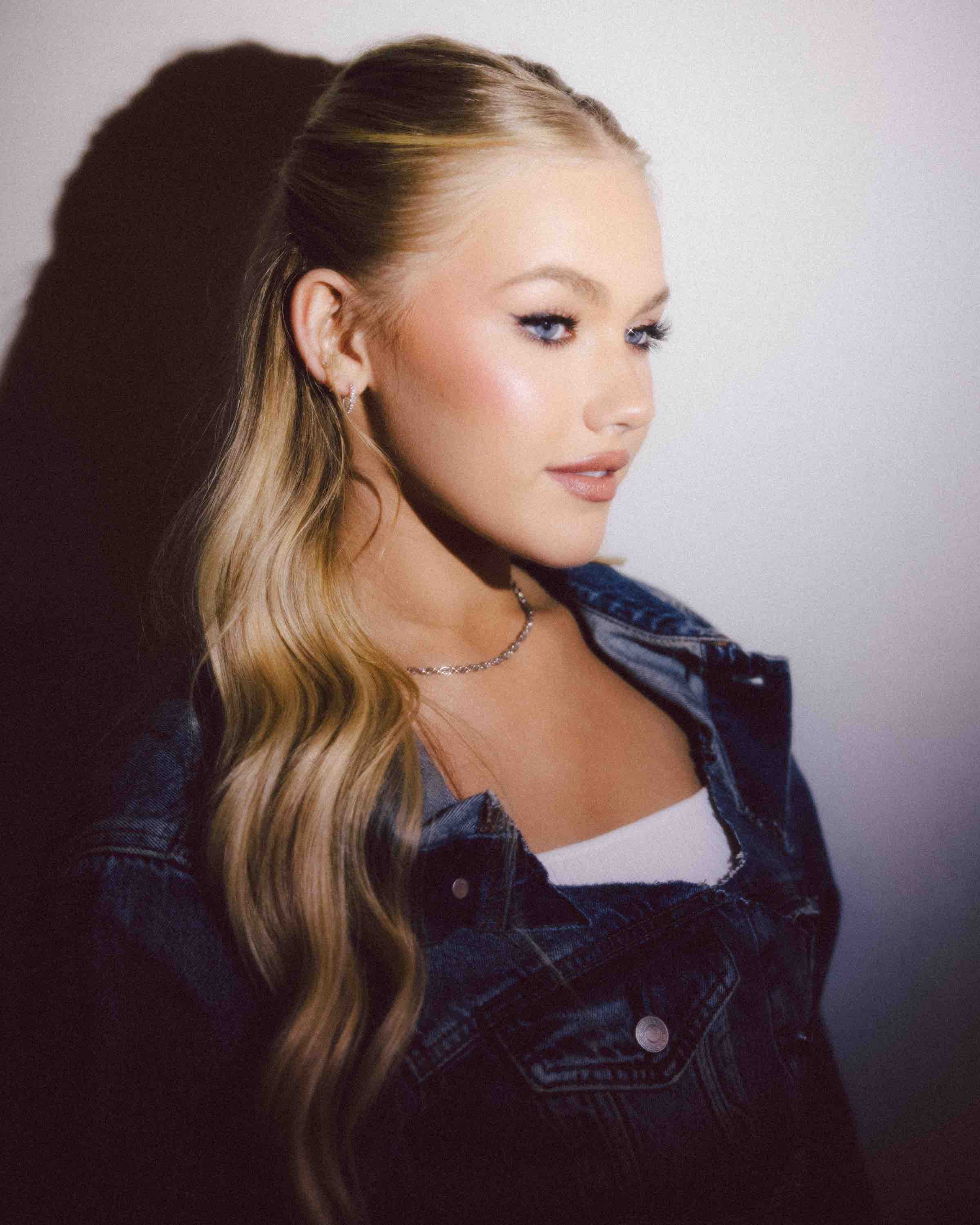
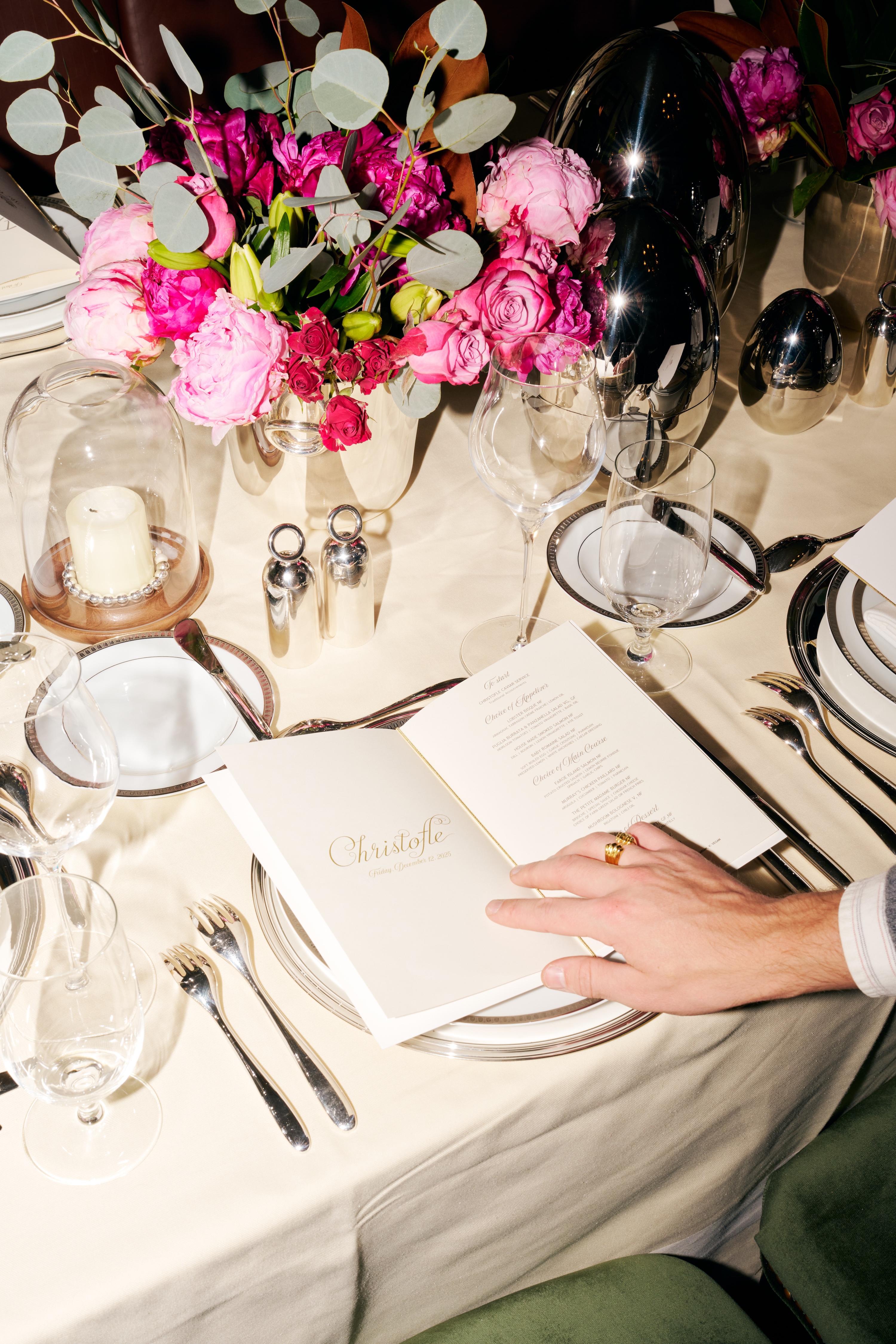

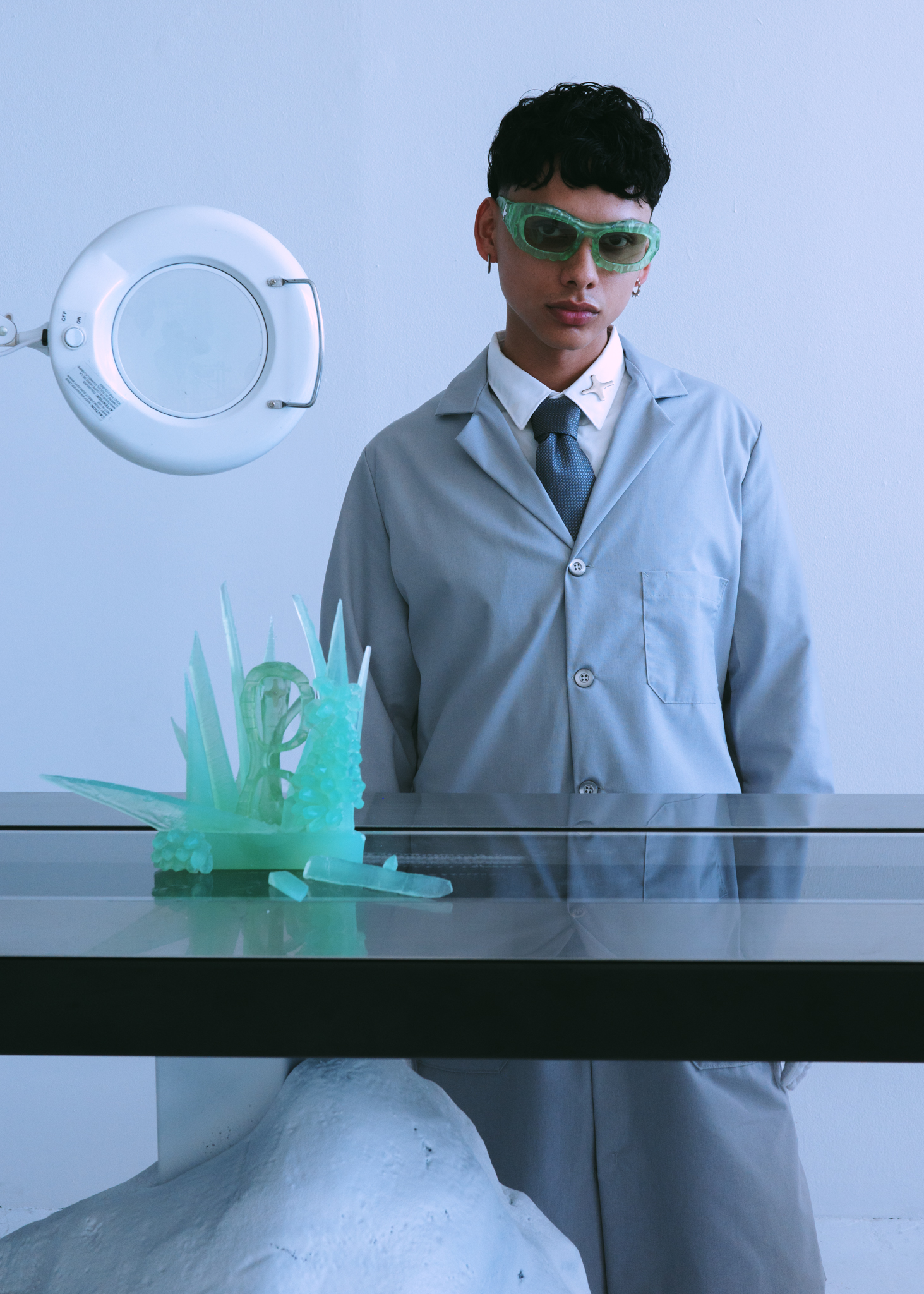
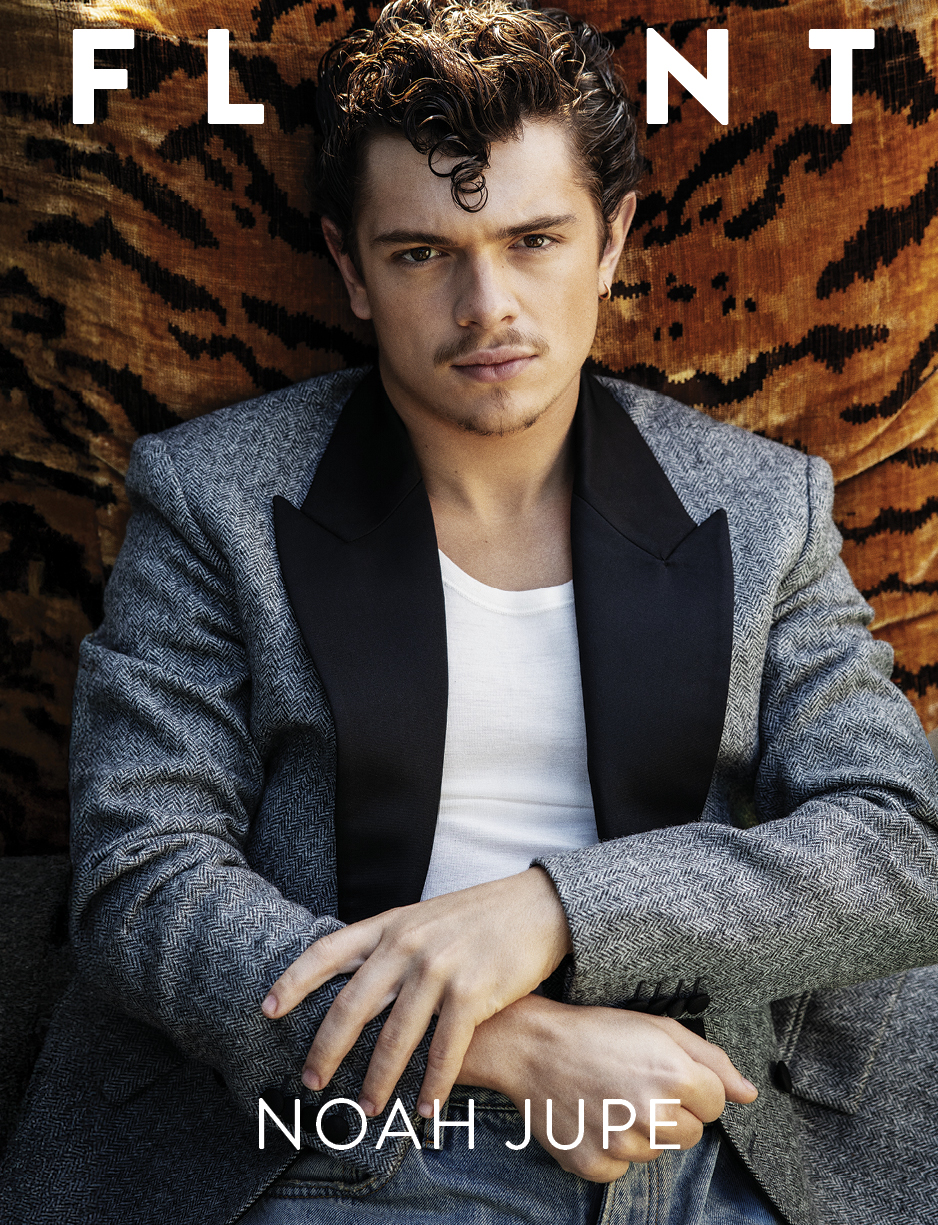


.JPG)
.jpg)
